Testing New Canon 40D
If anyone has been watching my other thread here in the photo board, I got a new Canon 40D camera today. It is my first DSLR camera, so I have a lot to learn. I'm posting a few photos that I took while messing around with the settings a little.
If anyone has suggestions on how I could improve on these, please let me know. I'm eager to learn as much as I can
My first picture with the camera.... 8-)
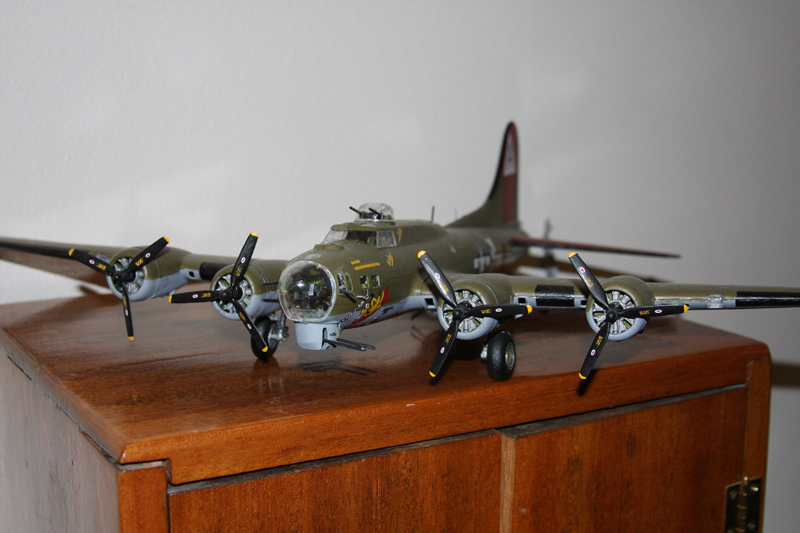
Why is it that most of the fuselage is clear, but the tail section on the far right is a little blurry? The same thing with the Humvee. The front is more in focus than the back. Why is this, and how do I get the whole model in focus?
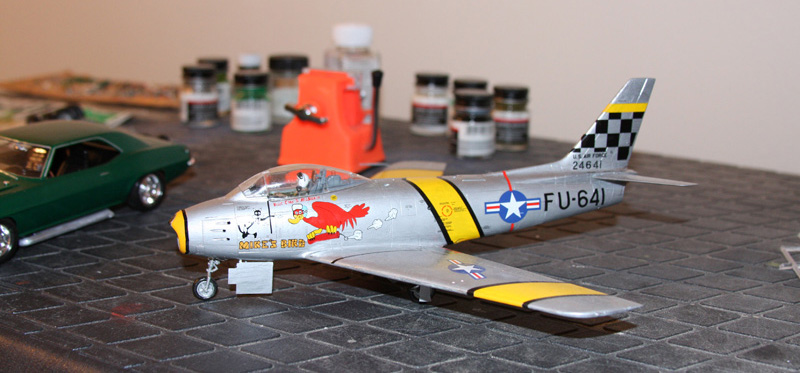
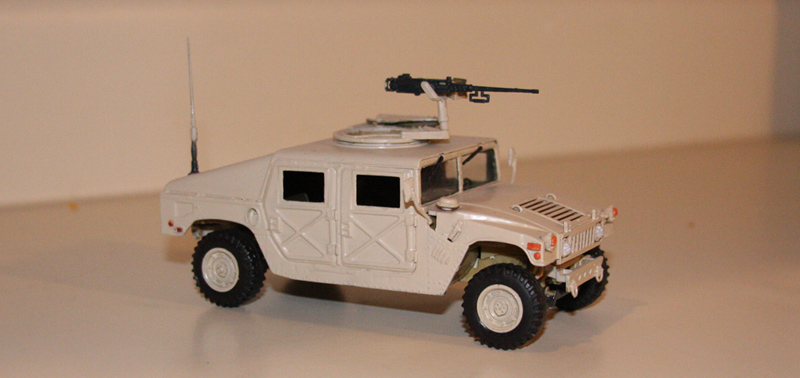
As I was messing around, I noticed the sunset, so I ran outside and took a few photos. When I zoom in, they are more blurry. Besides buying a more expensive telephoto lense, and getting a tri-pod, what could I have done?
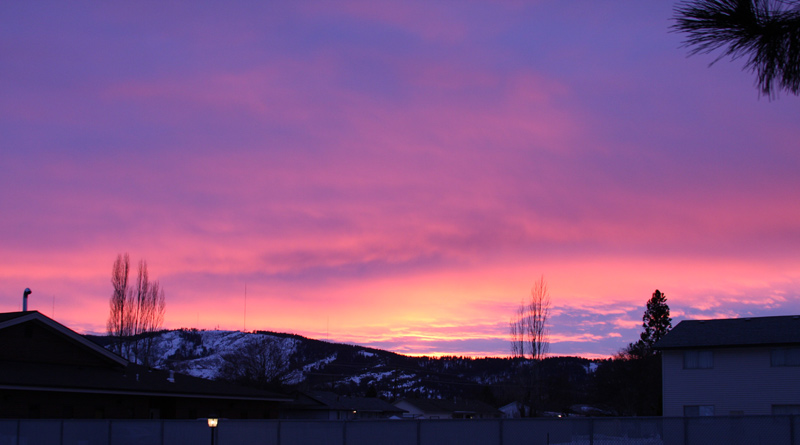
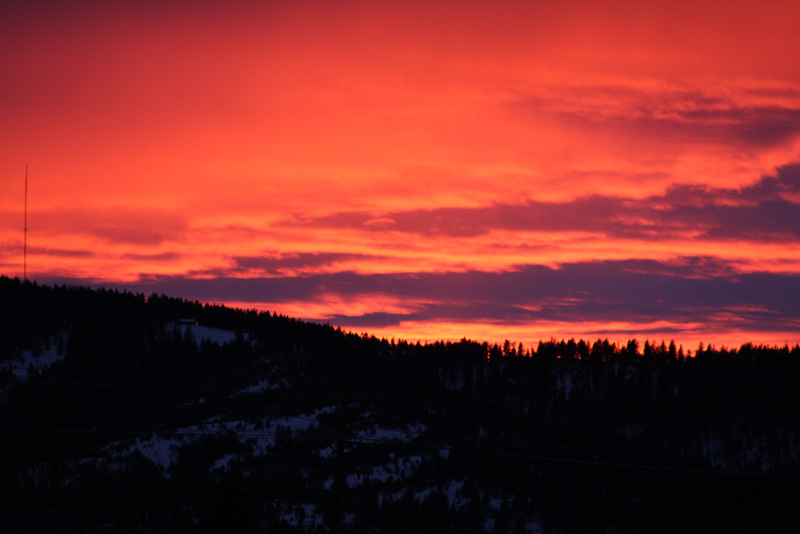
If anyone has suggestions on how I could improve on these, please let me know. I'm eager to learn as much as I can
My first picture with the camera.... 8-)

Why is it that most of the fuselage is clear, but the tail section on the far right is a little blurry? The same thing with the Humvee. The front is more in focus than the back. Why is this, and how do I get the whole model in focus?


As I was messing around, I noticed the sunset, so I ran outside and took a few photos. When I zoom in, they are more blurry. Besides buying a more expensive telephoto lense, and getting a tri-pod, what could I have done?



 .
.